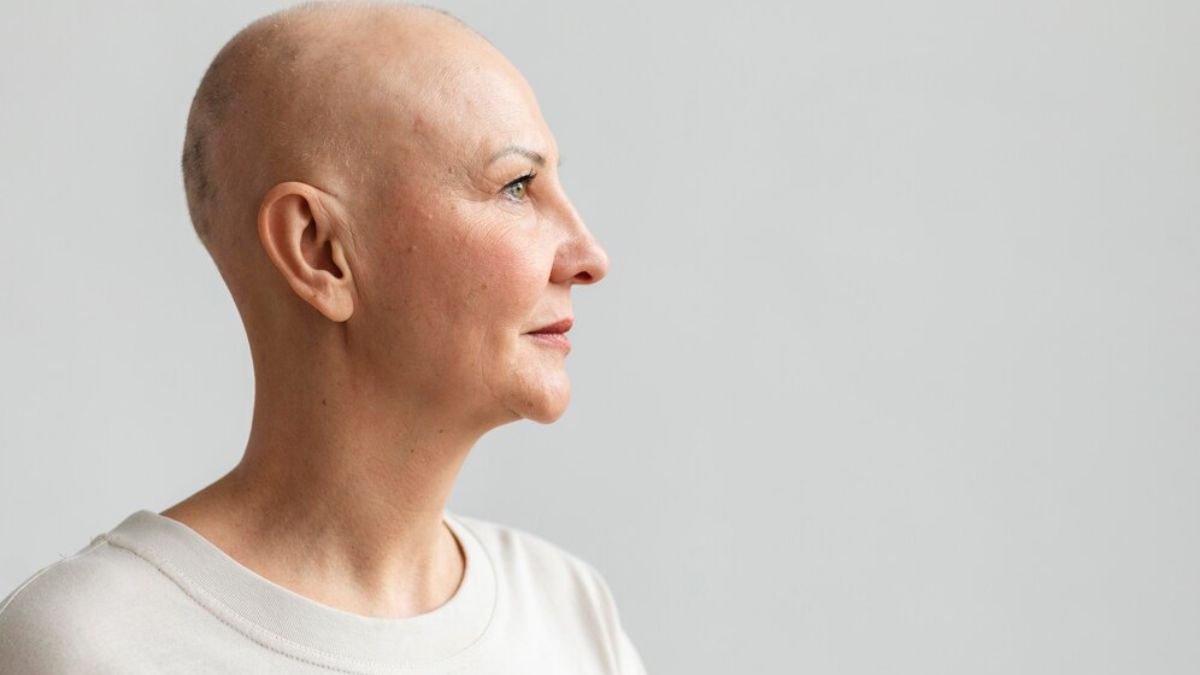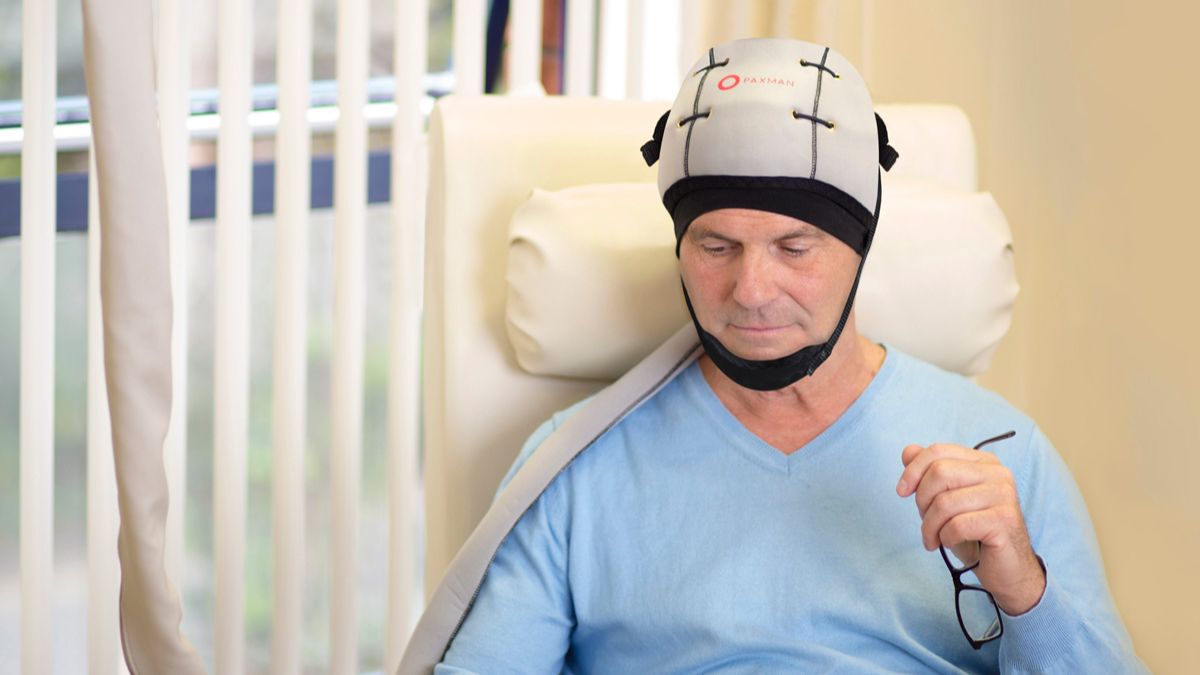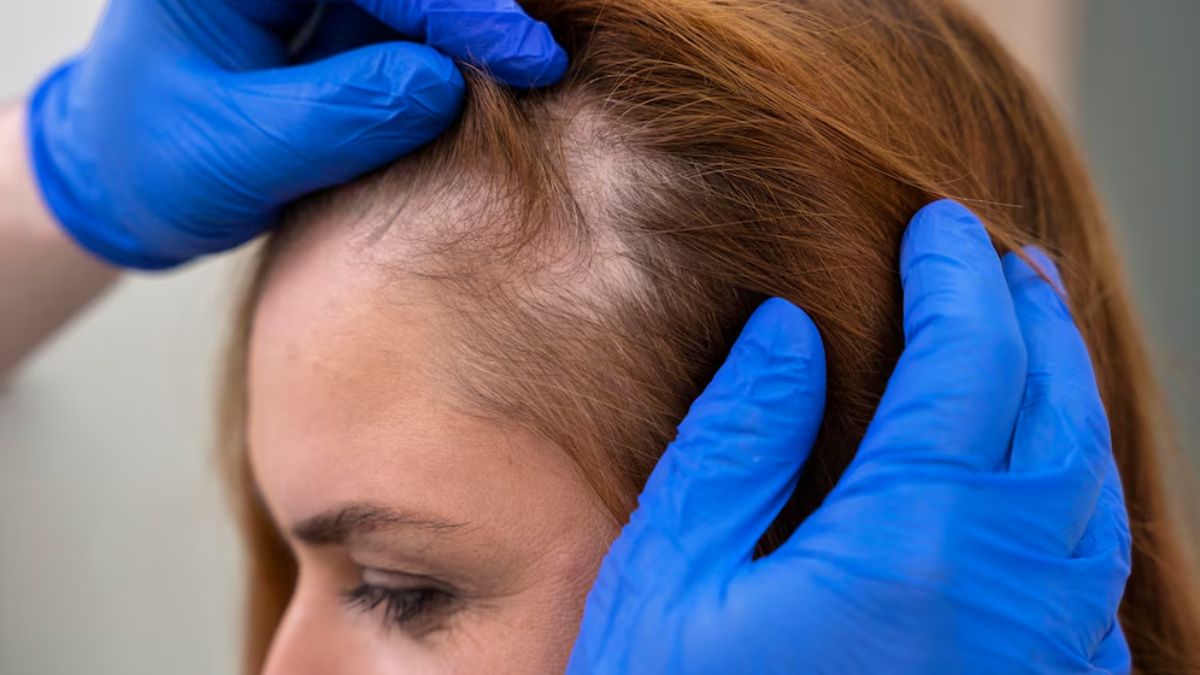
Hair loss is a common and often distressing side effect of chemotherapy. It can be a significant blow to self-esteem and a constant reminder of the battle being waged within. But what if there was a way to minimise hair loss and maintain a sense of normalcy during treatment?
Table of Content:-
According to experts, scalp cooling technology offers a promising solution that can help cancer patients protect their hair while undergoing chemotherapy.
To understand more about this technology, the Onlymyhealth team spoke to Dr Sarika Gupta, MBBS, MD-Obstetrics & Gynecology, Senior Consultant Gynecologic Oncology & Robotic Gynecology, Rajiv Gandhi Cancer Institute, Rohini.
How Does Scalp Cooling Work?
Defining this technology, Dr Gupta said, “Scalp cooling technology is a system to cool the scalp to a set temperature for a set time before and during chemotherapy.”
“The rationale for scalp cooling technology is that cooling the scalp before chemotherapy contricts the blood vessels and reduces the blood flow to the scalp. This prevents too many chemicals from reaching the hair follicles, sparing them from the toxic effects of chemotherapy,” she explained.

According to Breast Cancer.org, there are two main types of scalp cooling systems:
- Cold Caps: These work similarly to ice packs and require frequent replacement throughout treatment as they lose their coolness.
- Scalp Cooling Systems: These are electronically controlled machines that circulate coolant through a cap worn on the head. They offer more consistent cooling and require less frequent adjustments.
Is Scalp Cooling Effective?
Scalp cooling isn't a guaranteed path to complete hair preservation. Dr Gupta said, “The effectiveness of scalp cooling is variable and depends on the type of chemotherapy, the combination and the dose of the drugs used, and several patient-related factors.”
A pilot study published by the Gynecologic Oncology Reports found that the scalp cooling technology reduced hair fall by 50% in the patient treated with Carboplatin and weekly Paclitaxel treatment.
Dr Gupta highlighted, “Scalp cooling is generally most successful with taxane-based regimens used in treating breast, ovarian, and lung cancers. However, anyone getting any type of IV chemotherapy can try this method to prevent hair loss.”
Also Read: Thousands Of Patients Will Receive World’s First Cancer Vaccine In NHS’ Groundbreaking Trials

Side Effects Of Scalp Cooling
While scalp cooling may offer you hope, you need to know that scalp cooling may not be suitable for everyone. According to Dr Gupta, there are “minimal side effects of scalp cooling.” Some patients experience discomfort from the cold, headaches, or scalp numbness.
Scalp Cooling: Is it Right for You?
If you're considering scalp cooling, here are some key points to discuss with your doctor:
- Your Specific Chemotherapy Regimen: The effectiveness of scalp cooling varies depending on the type of drugs used.
- Your Tolerance For Cold: Some patients experience discomfort or headaches from the cooling process.
- The Availability Of Scalp Cooling Systems: Not all treatment centres offer scalp cooling, and insurance coverage may vary.
- The Cost Of Scalp Cooling: Renting or purchasing a scalp cooling system can be expensive.
Also Read: How Close Is India To Curing Cancer? Experts Share Insights
Scalp cooling technology offers chemotherapy patients a valuable tool for managing hair loss. By understanding the technology, its effectiveness, and potential drawbacks, you can have an informed conversation with your doctor and make the decision that best suits your needs. Remember, hair loss is just one side effect of chemotherapy. The most important thing is to focus on getting the best possible treatment for your health. But scalp cooling can offer a sense of empowerment and control during a difficult journey.
Also watch this video
How we keep this article up to date:
We work with experts and keep a close eye on the latest in health and wellness. Whenever there is a new research or helpful information, we update our articles with accurate and useful advice.
Current Version